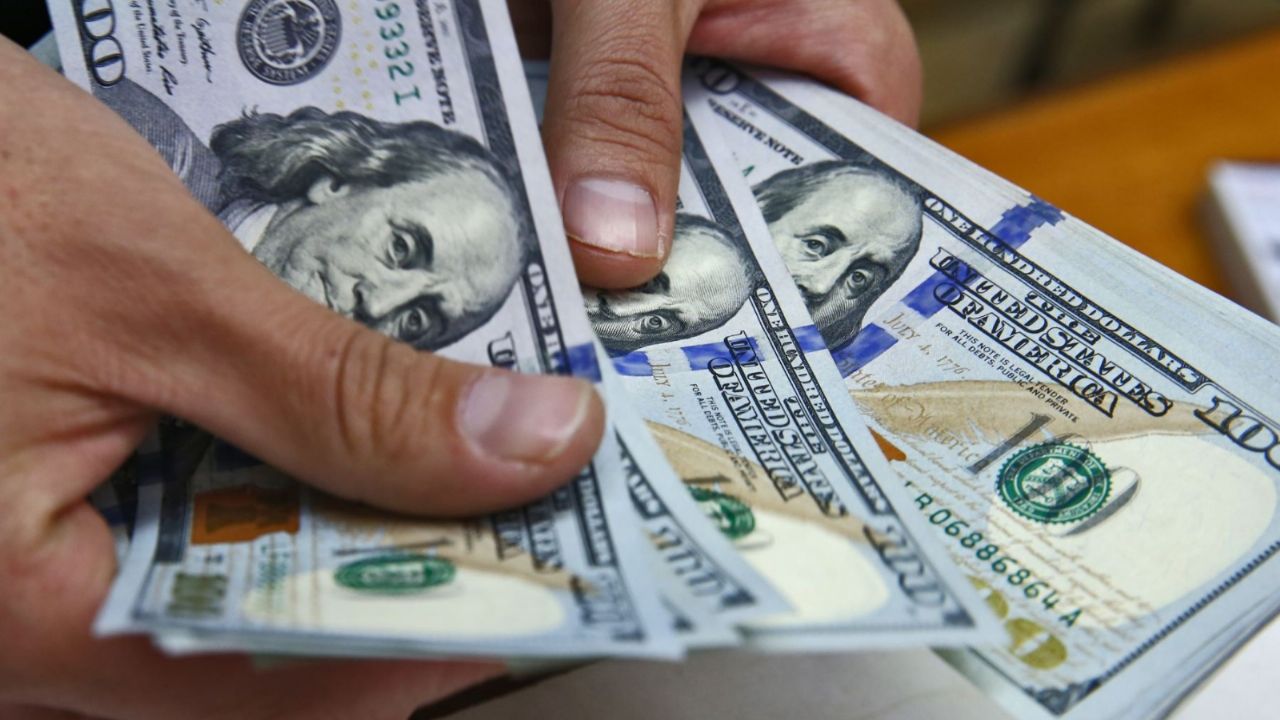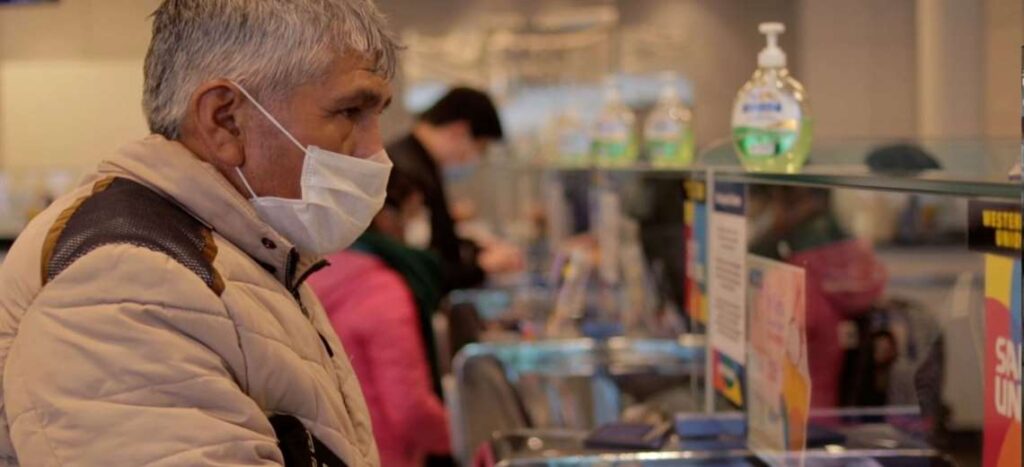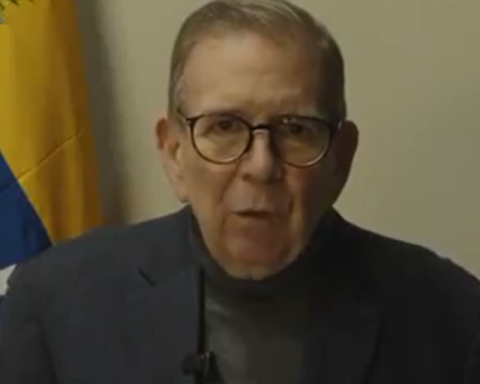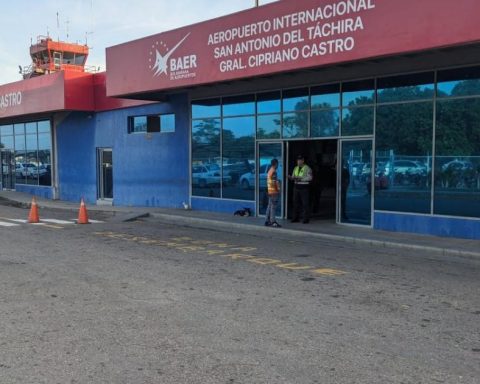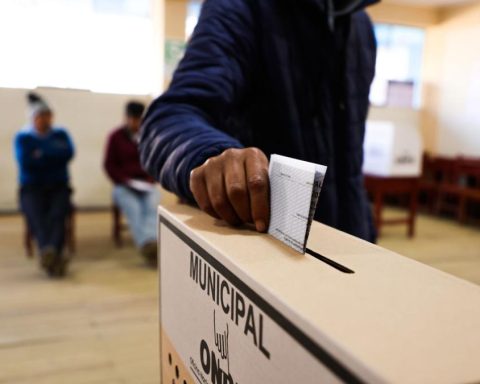New bullish round for the prices of the dollar in Argentina. At the close of the day on Thursday, all the currencies that operate in the country’s foreign exchange market showed upward movements in their valuations, except for the MEP, which was the only one that fluctuated downwards.
For its part, the Central Bank (BCRA) cut its buying streak for the week and recorded the first sale of foreign exchange of the whole month. Specifically, it got rid of 20 million Dollars of its liquid reserves, thus reducing the positive balance for May to 615 million dollars.
This is how the dollar dawns in the official market
At this time of the morning, the dollar official is offered on the screens of Banco Nación (BNA) at $116.70 for purchase and $122.70 for sale, 27 cents more expensive than it was on Thursday. Meanwhile, in the rest of the banking entities, the North American bill is around $123 for sale per unit.
As for the dollar solidarity, the regulated exchange time that is made up of the official value plus 30% of the COUNTRY Tax and 35% as an advance on profits, opens today’s wheel with a rise of 45 cents. In this way, the retailer is trading on Friday at $202.46 for sale.

stock market
In the financial market, stock prices showed disparate movements at the close of trading: the CCL rose and the MEP fell. At this time, the dollar Contado Con Liqui is sold at $210.13 per unitafter registering a rise of $1.26 and an upward variation of +5.81%.
Meanwhile he dollar MEP or Stock Exchange registered a drop of $1.77 in the last day and now listed at $205.59 for sale per unit. Let’s remember that The currency called CCL is used to purchase shares on foreign exchanges and the MEP to invest in the local market.
Parallel market
After reaching its maximum peak last week, the dollar blue opened today’s trading session with a slight rise of 50 cents in the parallel market, which places it at $201.50 for the purchase and $204.50 for the sale.
With this new rise, the exchange rate gap between the official currency and the parallel currency stood at 74%, according to the survey of the Exchange Houses of the City of Buenos Aires.
